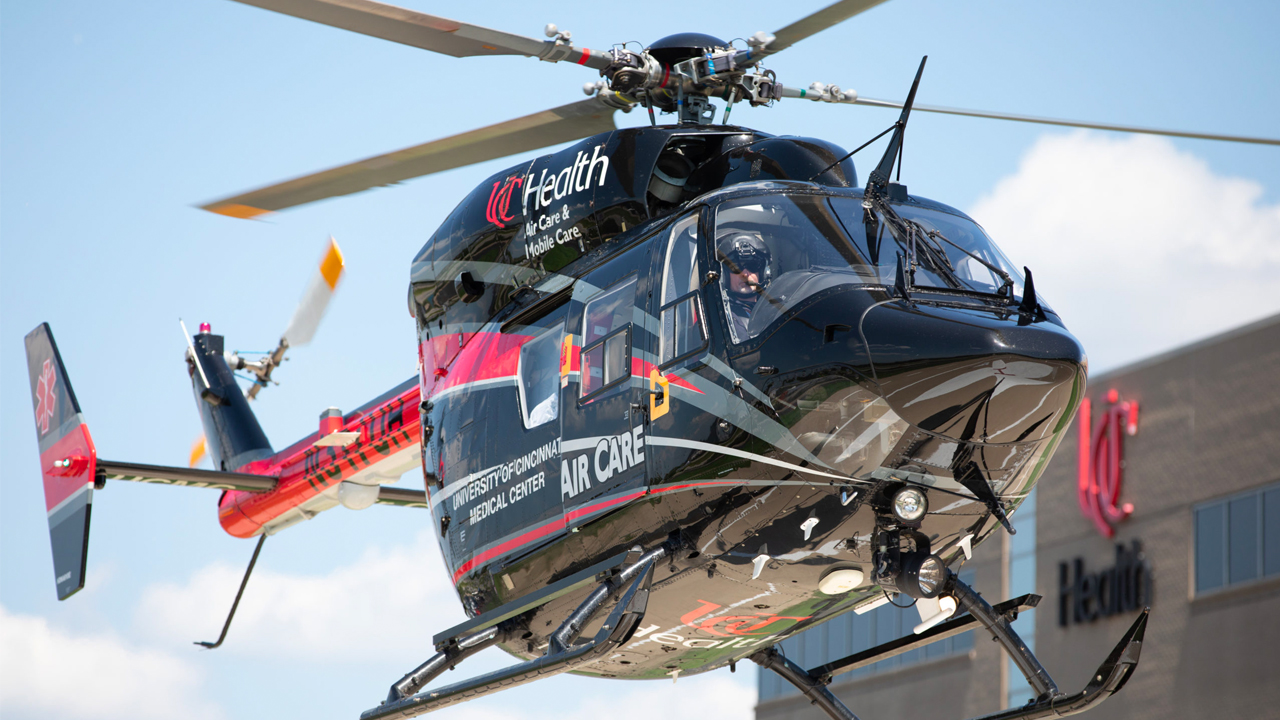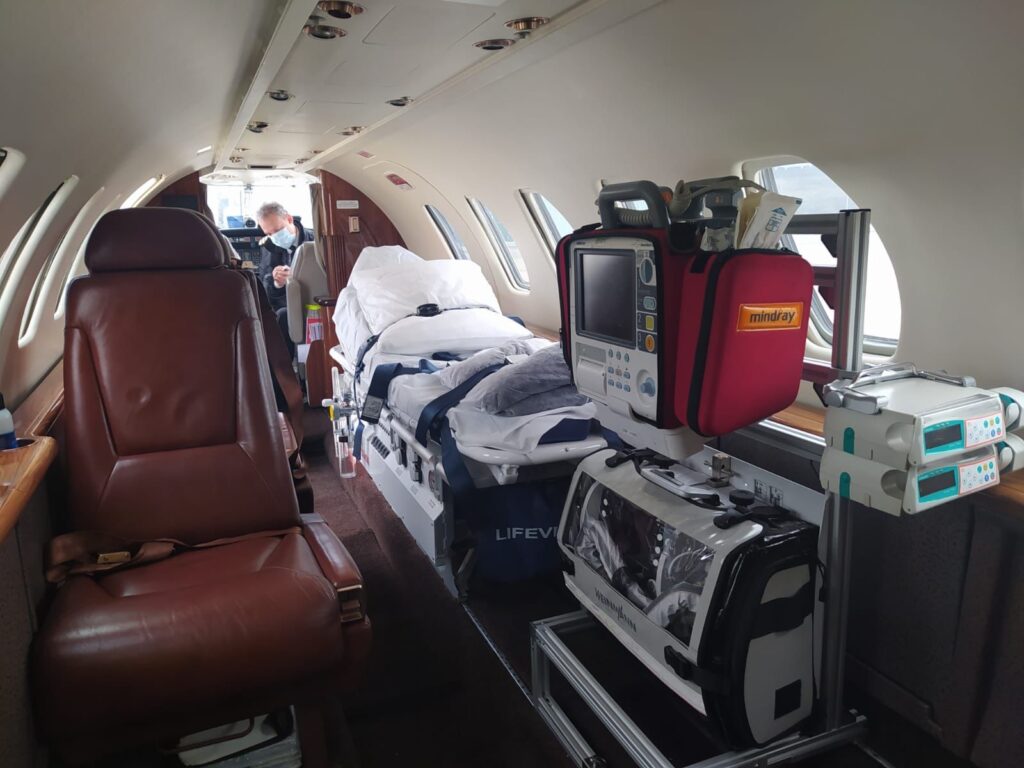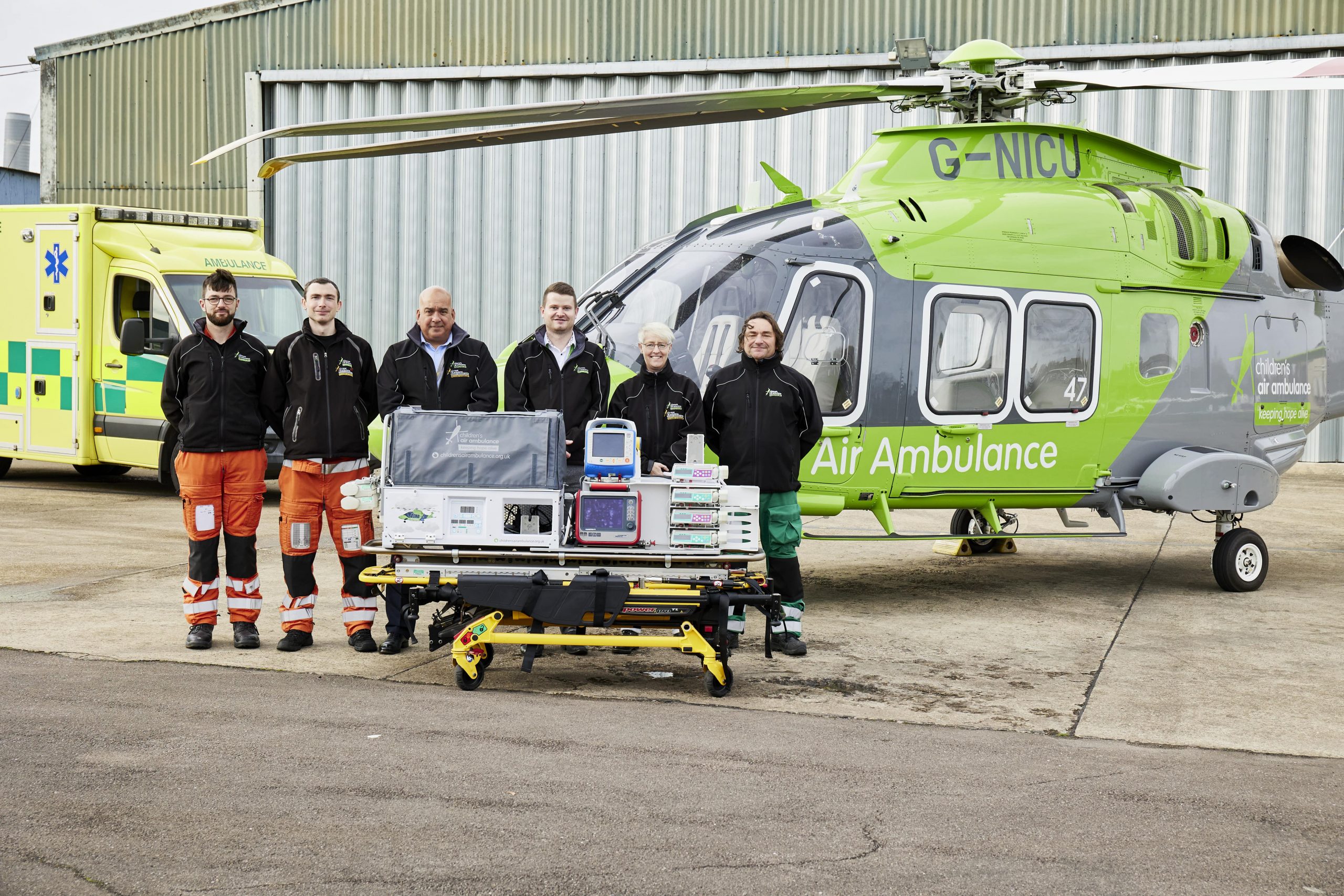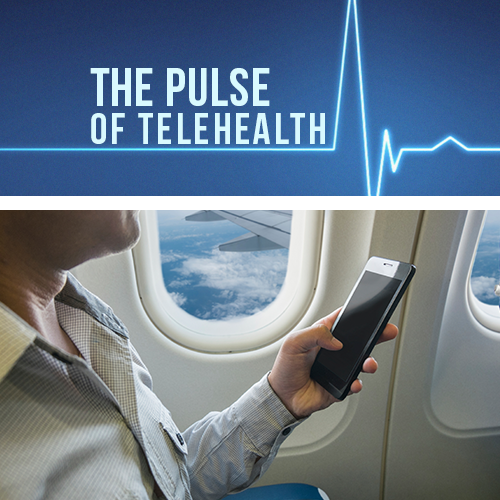So picture this: a critical patient in need of urgent medical care is being transported in an air ambulance, soaring high above the ground. The stakes are high, and every second counts. In such scenarios, ECMO machines, also known as Extracorporeal Life Support, have revolutionized the way we provide life-saving treatment during air transportation. These innovative machines act as a temporary life support system, essentially performing the functions of the heart and lungs outside of the body. In this article, we’ll delve into the incredible world of ECMO machines on air ambulances, exploring how they work, their benefits, and the future possibilities they hold.
ECMO Machines on Air Ambulances: Extracorporeal Life Support
Air ambulances are a critical component of emergency medical services, providing rapid transportation for patients in need of urgent care. In recent years, the use of ECMO (Extracorporeal Membrane Oxygenation) machines on air ambulances has revolutionized the field of emergency medicine. In this article, we will explore the role of ECMO in extracorporeal life support, discuss the benefits and considerations of implementing ECMO on air ambulances, delve into the training and expertise required, examine the integration of ECMO machines with air ambulances, highlight safety measures and precautions, share success stories and case studies, and even touch upon future developments and advancements in ECMO technology. By the end of this article, you will have a comprehensive understanding of ECMO machines on air ambulances and their impact on patient care.

What are ECMO machines?
ECMO machines, also known as extracorporeal life support systems, are advanced medical devices that provide temporary support to patients with severe heart and lung failure. The ECMO machine acts as an external lung and/or heart by removing deoxygenated blood from the patient, oxygenating it, and removing carbon dioxide before returning it to the body. This process allows the patient’s own heart and lungs to rest and heal, providing a bridge to recovery or more definitive treatment. ECMO machines have been traditionally used in hospitals but are now being incorporated into air ambulance services to extend their life-saving capabilities.
The Role of ECMO in Extracorporeal Life Support
Extracorporeal life support, of which ECMO is a part, plays a vital role in providing critical care to patients with severe heart and lung failure. ECMO is particularly effective in situations where conventional treatment methods have failed or are insufficient. By bypassing the patient’s heart and lungs, the ECMO machine offers temporary mechanical support, enabling the medical team to stabilize and transport the patient to a specialized facility for further treatment. ECMO can be a life-saving intervention for patients who would otherwise have a limited chance of survival.
Benefits of Using ECMO on Air Ambulances
The incorporation of ECMO machines on air ambulances brings numerous benefits to the field of emergency medicine. Firstly, it expands the scope of care that can be provided during transportation. Patients with severe heart and lung failure can now be safely transported over longer distances, increasing access to specialized facilities and expertise. Secondly, ECMO allows for the stabilization and optimization of critically ill patients before they reach the receiving hospital, improving overall patient outcomes. Lastly, the speed and agility of air ambulances combined with the life-saving capabilities of ECMO machines significantly reduce the time taken to initiate definitive treatment, thereby increasing the chances of survival.
Considerations and Challenges of Implementing ECMO on Air Ambulances
While the incorporation of ECMO machines on air ambulances brings numerous benefits, there are several considerations and challenges that need to be addressed. Firstly, ECMO machines are complex and require highly trained medical professionals to operate them effectively. The limited space and weight restrictions on air ambulances can pose logistical challenges when integrating these machines. Additionally, the cost of ECMO machines and maintenance can be significant, requiring careful budgeting and allocation of resources. Furthermore, the risk of complications, such as bleeding or infection, associated with ECMO necessitates meticulous monitoring and pre-flight assessment of patients to ensure their suitability for transport.

Training and Expertise Required for ECMO in Air Ambulances
The successful implementation of ECMO on air ambulances hinges upon the training and expertise of the medical personnel involved. Training programs for ECMO specialists encompass a wide range of topics, including patient selection, cannulation techniques, management of ECMO circuits, and troubleshooting potential complications. In addition to theoretical knowledge, practical skills are honed through simulation-based exercises and hands-on training. Regular competency assessments and maintenance of skills are essential to ensure that ECMO teams operating on air ambulances remain proficient in their practice. Collaboration with ECMO centers of excellence can also provide ongoing education and support to the air ambulance teams.
Integration of ECMO Machines with Air Ambulances
Integration of ECMO machines with air ambulances requires careful consideration of various factors. Firstly, the physical dimensions of the ECMO machine must be compatible with the limited space available in the aircraft. Additionally, weight restrictions must be taken into account to ensure the aircraft’s performance is not compromised. Transportable ECMO systems specifically designed for air ambulances have been developed, streamlining the integration process. Furthermore, seamless communication and coordination between the ECMO team and the air ambulance crew are essential to ensure a smooth and safe transfer of the patient.

Safety Measures and Precautions for ECMO on Air Ambulances
The safety of both the patient and the medical personnel is of paramount importance during the use of ECMO on air ambulances. Strict adherence to established protocols and guidelines is crucial to mitigate potential risks. Pre-flight assessment of patients should be thorough, evaluating factors such as stability, equipment compatibility, and the appropriateness of ECMO support in a transport setting. Proper patient positioning, securing of cannulas, and effective management of the ECMO circuit are essential to prevent complications during transport. Additionally, the air ambulance crew must be trained in handling emergencies that may arise during flight, ensuring optimal care is provided throughout the journey.
Success Stories and Case Studies of ECMO on Air Ambulances
Numerous success stories and case studies highlight the significant positive impact of ECMO on air ambulances. From newborn infants with congenital heart defects to adults suffering from acute respiratory distress syndrome, ECMO has enabled the safe transfer of critically ill patients, resulting in improved outcomes. In some cases, ECMO initiated on air ambulances has even served as a critical bridge to organ transplantation, providing patients with a second chance at life. These success stories and case studies underscore the immense value of ECMO machines on air ambulances in saving lives and enhancing the delivery of critical care.
Future Developments and Advancements in ECMO Technology
As technology continues to evolve, the future holds promising developments and advancements in ECMO technology. Efforts are underway to miniaturize ECMO machines, making them more compact and portable without compromising functionality. Advancements in circuit design and material technology aim to reduce the risk of complications and improve the reliability and durability of ECMO systems. Additionally, research into novel therapies and interventions that complement ECMO is ongoing, including the use of stem cells and gene therapy. These future developments have the potential to further enhance the capabilities of ECMO machines on air ambulances and revolutionize the field of extracorporeal life support.
Conclusion
The utilization of ECMO machines on air ambulances has revolutionized emergency medicine, enhancing the scope of care that can be provided during transportation and increasing the chances of survival for critically ill patients. The integration of ECMO requires a careful balance of logistical considerations, extensive training and expertise, and adherence to safety measures and precautions. Success stories and case studies highlight the tangible impact of ECMO on air ambulances, while future developments in technology hold the promise of further advancements. With each passing day, ECMO continues to transform the landscape of extracorporeal life support, ushering in new possibilities and improved outcomes for patients in need.



